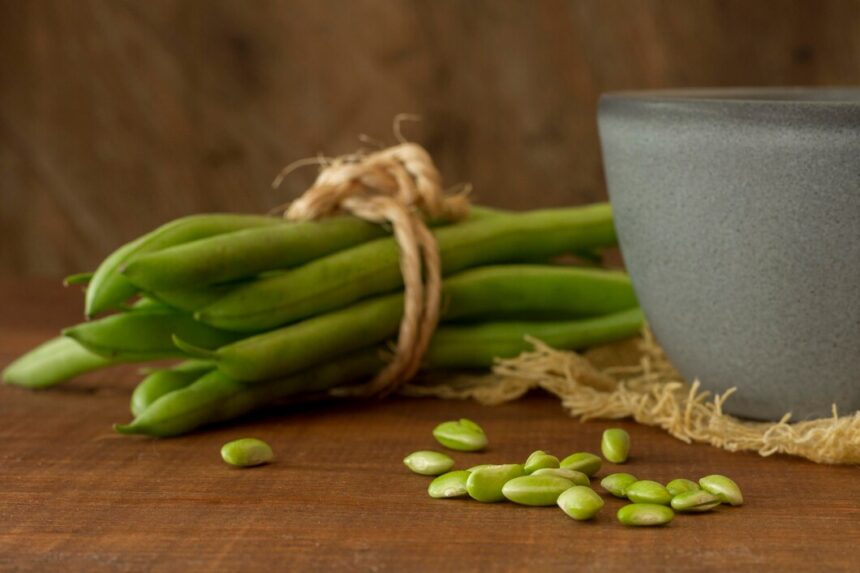Fava beans, also known as broad beans, are a valuable crop in South Africa due to their nutritional benefits and versatile culinary uses. Enhancing the quality and yield of fava beans is crucial for maximizing profitability and meeting market demands. Here are several effective techniques that South African farmers can implement to achieve better quality and higher yields:
- Selecting Suitable Varieties: Begin by choosing fava bean varieties that are well-adapted to local growing conditions in South Africa. Consider factors such as climate tolerance, disease resistance, and maturity period to optimize yield potential.
- Optimal Planting Time and Season: Timing is critical for fava beans. In South Africa, plant fava beans during the cooler seasons, typically from late autumn to early winter. This timing minimizes heat stress during flowering and pod development, leading to better yield and quality.
- Soil Preparation and Fertility: Prepare the soil well before planting by ensuring it is well-drained and rich in organic matter. Conduct soil tests to determine nutrient levels and pH balance. Fava beans generally prefer slightly alkaline soils (pH 6.0-7.5). Incorporate appropriate fertilizers based on soil test recommendations to meet crop nutrient requirements.
- Crop Rotation and Companion Planting: Rotate fava beans with other crops to prevent diseases and improve soil health. Legumes like fava beans fix nitrogen, benefitting subsequent crops. Companion planting with herbs or flowers can also deter pests and attract beneficial insects.
- Seed Treatment and Planting Depth: Treat seeds with fungicides or biological agents to protect against seedborne diseases before planting. Plant seeds at a depth of about 5-10 cm, ensuring good seed-to-soil contact for uniform germination and emergence.
- Water Management: Fava beans require adequate moisture during critical growth stages, especially flowering and pod development. Irrigate consistently to ensure even soil moisture without waterlogging. Mulching can help retain soil moisture and suppress weeds.
- Pest and Disease Management: Monitor crops regularly for pests such as aphids, bean beetles, and pod borers. Implement integrated pest management (IPM) strategies, including biological control agents and cultural practices. Practice crop rotation and use disease-resistant varieties to manage fungal diseases like chocolate spot and rust.
- Support and Trellising: Some fava bean varieties benefit from support or trellising, especially in windy areas or where lodging (falling over) is a concern. This helps maintain plant stability, improves air circulation, and facilitates harvesting.
- Harvesting at Optimal Maturity: Harvest fava beans when pods are fully mature but still green to ensure good flavor and quality. Avoid delaying harvest too long, as over-mature beans can become tough and lose their market value.
- Post-Harvest Handling and Storage: Handle harvested fava beans carefully to avoid damage and maintain quality. Promptly cool beans if necessary to preserve freshness. Properly store beans in cool, dry conditions with adequate ventilation to prevent moisture buildup and mold growth.
Implementing these techniques requires careful planning and adaptation to local conditions and specific farm setups. Farmers in South Africa can benefit from consulting with agricultural experts, extension services, and experienced growers to fine-tune these practices for their farms. Continuous learning and proactive management are key to enhancing both the quality and yield of fava beans, ensuring profitability and sustainability in South Africa’s agricultural sector.
Join 'Farmers Mag' WhatsApp Channel
Get the latest Farming news and tips delivered straight to your WhatsApp
CLICK HERE TO JOIN






